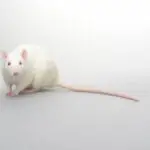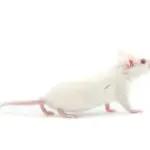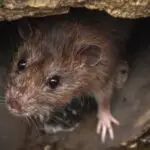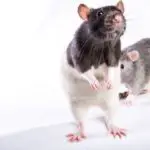Can Mice Climb Walls? Unveiling Rodent Abilities
Introduction to Mouse Mobility
Welcome to the world of tiny but mighty climbers: mice! Have you ever spotted one of these little critters and wondered, “just how do they scamper up that vertical wall or find their way onto your counter?” You’re not alone, and it’s time to dive into the intriguing realm of mouse mobility, where these pesky visitors showcase their surprising physical prowess.

Mice are not only experts at the game of hide-and-seek, but they are also exceptional climbers. Their ability to scale walls and navigate obstacle-ridden environments is a testament to their adaptability and resourcefulness. In a real-life example, imagine a mouse entering a pantry through a tiny crack. It then swiftly ascends the shelving, defying gravity and accessing food that would seem out of reach to many other creatures. A mouse can transform any home, warehouse, or outdoor space into its own personal playground. Talk about an incredible acrobatic display!
It’s these skills that allow them to thrive in a variety of habitats. From rural landscapes to the nooks and crannies of urban dwellings, these rodents can virtually make any territory their home. The secrets of their dexterity? It’s in their anatomy: strong hind legs, a tail for balance, and tiny claws for gripping surfaces. If we look closer at their behavior and habits, we can see how these attributes contribute to their survival and ability to find food and escape predators. For more on the similarities between rats and mice, including their climbing tricks, check out our dedicated article.
Ready to witness more of these astonishing antics? Stay tuned as we explore further how these agile creatures manage to outmaneuver almost any challenge put before them. Just when you think you’ve mouse-proofed your home, they’re on to their next gravity-defying feat!
Anatomical Adaptations for Climbing
Have you ever seen a tiny acrobat scaling the walls of your home and wondered, “Can mice actually climb walls?” Well, the answer lurks in the remarkable anatomy of these little creatures. Let’s zoom in on the specifics that empower mice to defy gravity and scamper up vertical surfaces with ease.

First off, let’s talk claws. Mice come equipped with sharp, hook-like claws that dig into crevices and uneven surfaces like miniature climbing gear. Think of them as the mice’s version of rock climbing shoes, giving them a grip that would make a mountaineer jealous. But it’s not just about sharp tips; the structure of their claws allows for minute adjustments to maintain balance and leverage as they ascend.
Diving deeper into mouse morphology, muscle strength plays a pivotal role. These tiny mammals boast a powerful set of hind legs and a flexible spine that catapult them upwards. Their compact muscles are not just for show; they’re highly efficient, enabling bursts of speed and precision when navigating vertical terrains. Ever seen a mouse dash up the side of your cabinetry? It’s like watching an Olympic sprinter, but in the rodent Olympics!
It’s worth noting that the audibility of rodents’ movements can sometimes deceive us into underestimating their climbing prowess. Don’t be fooled; their silent padding only adds to their stealth in scaling heights.
Their body design is a marvel of nature, touting an impressive strength-to-weight ratio. Mice have a lightweight skeleton and strong yet limber musculature, which means they can hang, twist, and turn while climbing, all without breaking a sweat – if they could sweat, that is!
So, the next time you spot a mouse doing its wall-crawling trick, remember, it’s not magic. It’s a finely tuned set of anatomical features that turn these creatures into the Houdinis of the rodent world. Just remember, though this might be fascinating, it’s a good reminder to seal up any potential entry points they might use to show off their climbing skills in your home!
The Surfaces Mice Can Climb
Have you ever wondered how those pesky little critters navigate up and down the walls of your home? Believe it or not, mice are natural climbers, and their ability to scale vertical planes is nothing short of fascinating. Let’s dive into the gritty details of what makes these rodents proficient wall-scalers.
Mice possess a surprisingly versatile set of skills when it comes to climbing. Their tiny but mighty paws are equipped with sharp claws that dig into textures that most would consider unfriendly for climbing. From the stucco finish of your living room wall to the wooden beams in your attic – these surfaces are all fair game for an agile mouse.
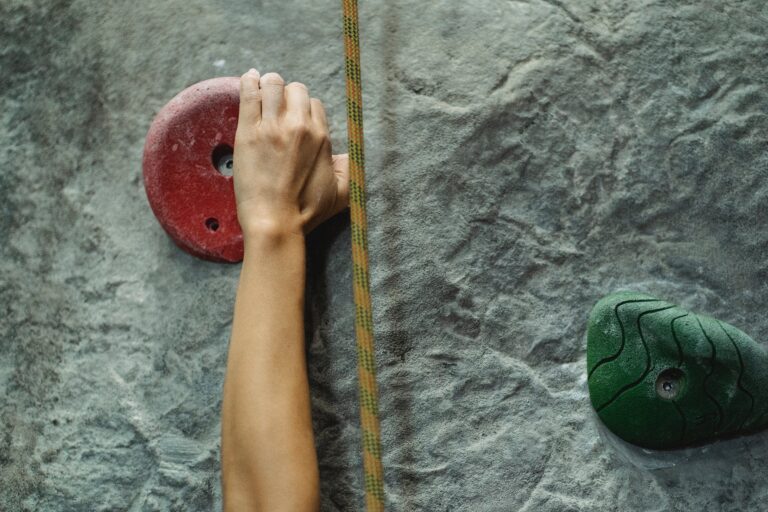
Interestingly, not all materials are conquered easily by mice. Smooth surfaces like glass or polished metal can be formidable obstacles; they provide no foothold for those little clawed paws. Here’s a closer look at how the texture and material of a surface determine a mouse’s ability to climb it.
Imagine mice as tiny mountaineers, assessing each climb. They look for crevices, nooks, or even the slightest irregularities in texture that might lend them support as they ascend on their vertical quests. It’s not just walls—mice can also be found shimmying up pipes, bricks, and even rough fabric with impressive dexterity. Their grip, though seemingly delicate, is robust enough to hoist them upwards, defying gravity one scurry at a time.
Curious to learn more about rodents’ surprising capabilities? Check out our insightful exploration on the acute hearing abilities of their larger cousin, the rat. Spoiler: It’s not just their climbing prowess that makes rodents fascinating creatures.
Why Do Mice Climb Walls?
When you think of mice, you might picture them scurrying across the floor, but have you ever seen one pull a Spiderman and scale a vertical surface? It’s quite a feat! Mice, these tiny rodents with superhero-like abilities, have their very own reasons for going vertical.
Foraging High and Low
One of the key motivators for our whiskered walls climbers is foraging. Mice have a keen sense of smell and are always on the hunt for food. Have you ever left a snack out, thinking it was safe on the kitchen counter? Well, mice see this as an invitation to a buffet. They’ll skillfully climb walls, pipes, or even rough surfaces to reach areas where they can find a delicious bite to eat. It’s their way of ensuring they never miss out on any crumbs of opportunity!
Evading The Unwelcome
Another reason mice take to the walls is to escape predators. In the wild, this behavior is crucial for survival. They’re not just avoiding cats but also larger rodents and birds of prey. Think of it as their own little game of hide-and-seek, except getting caught means the end of the line. By climbing, they can find safety in the most unexpected places, from the upper shelves of your garage to the attic rafters.
Shelter Seekers
Lastly, these agile animals climb to find the perfect home. As temperatures drop, they seek out warm shelters, and your home’s insulation makes for a cozy abode. They’ll scale walls to discover entry points and nestle into safe, undisturbed spots, like behind the drywall. Picture it: a mouse tucked away in a snug nest while the winter winds howl outside, like a tiny, furry tenant you never knew you had.
It’s clear that mice are much more than just ground dwellers. Their wall-climbing escapades are motivated by their basic needs and survival instincts. The remarkable abilities of these tiny climbers show how they’ve adapted to environments that are constantly changing, especially the human ones.
Witness the astonishing skills of mice in action! Below is a video that sheds light on how these seemingly gravity-defying rodents make their way up and around our domestic territories:
Implications of Climbing Behavior in Homes
When you imagine a mouse, you might envision it scurrying across the floor or hiding in the shadows. Yet, these tiny, determined creatures have an extraordinary skill that amplifies the challenges of keeping them at bay – they can scale walls. That’s right: your vertical spaces are just as vulnerable as your horizontal ones. This not only means that finding mice in the attic isn’t just a fluke but also a sign of their agile climbing prowess. Understanding how they use this ability is crucial for homeowners who want to protect their dwellings from unwanted rodent guests.

Mice, with their sharp claws and flexible bodies, can make their way up a variety of surfaces, even the seemingly smooth ones. This ability allows them to explore and exploit virtually every corner of our homes. From the water pipes leading to your basement to the tiny crevices beneath your roof shingles, these critters view your home as a mountain to conquer. When mice climb into our living spaces, they’re not just looking for shelter – they’re on the prowl for food, nesting materials, and a safe place away from predators.
Once inside, the damage they can cause is not to be underestimated. Electrical wiring becomes a target for their gnawing, which can create fire hazards. Insulation might be ripped apart for nesting, leading to energy inefficiencies. And let’s not forget the health risks associated with their droppings and urine, which can carry harmful diseases such as hantavirus and salmonella. It’s a stark reminder that these seemingly innocuous climbers can lead to serious consequences.
For those grappling with the reality of mice using their wall-scaling abilities to infiltrate their homes, there are proactive measures you can take. Sealing up entry points and removing attractants are a good start. One helpful resource is the guidance provided by pest experts on how to prevent mice from climbing into homes. It opens up a whole new strategy for keeping your home mouse-free that extends beyond the ground level and takes the battle to the vertical plane.
As we dive deeper into understanding these resourceful creatures, it’s clear that underestimating their climbing abilities could lead to unwanted house guests. Awareness and action are key in mitigating the risks associated with mice and their penchant for vertical exploration. By charting the ways in which mice can turn your home into their personal playground, we gain the upper hand in safeguarding our health and property against these adept invaders.
Preventive Measures and Solutions
Picture this: you’ve just settled down with a good book when suddenly you hear a faint scratching coming from the walls. The unwelcome realization hits you—mice! These crafty little creatures are known escapade artists, and yes, they can climb walls. But fear not, here are some effective strategies to keep those wall-scaling rodents at bay.

First up, let’s tackle entry points. Mice can squeeze through openings as small as a dime, so start by sealing any cracks or holes in your exterior walls. Use materials like steel wool and caulk that are too tough for mice to chew through. One homeowner shared how plugging up an inconspicuous hole near the gutter stopped the constant parade of mice into their attic. It’s like fortifying a castle—no drawbridge, no entry!
Next on the agenda is to declutter your space. Mice love to sneak around in piles of junk. By keeping your home tidy, you reduce hiding spots and make your home less appealing to unwanted guests. Remember, a minimalist approach can be your best defense!
Let’s not forget about the might of scent deterrents. Mice dislike strong odors like peppermint and clove oil. Soak some cotton balls in these essential oils and place them strategically around potential entry points. It’s like setting up an invisible barrier that keeps mice from crossing into your domain.
If you’re looking for a more tech-forward approach, ultrasonic devices are the new kids on the block. These gadgets emit frequencies that are inaudible to us but unbearable for mice. Place a few around your home, and watch as your rodent problem fades into a distant memory.
Lastly, when all else fails, it might be time to call in the cavalry—professional pest controllers. They come armed with the latest tools and know-how to ensure your home becomes a mouse-free zone. Let’s face it, sometimes we need that extra muscle to evict the most stubborn of squatters.
Implementing these strategies not only brings peace of mind but also adds a layer of protection to your home. And rest assured, with a little effort, you can keep those pesky wall climbers out for good. Keep your home secure and enjoy the tranquility without the pitter-patter of unwanted tiny feet. Let’s make your house a fortress and say a firm ‘no’ to any mouse looking to scale your walls!
Understanding Pest Control Techniques
When it comes to household invaders, few are as surprisingly agile as the common mouse. These tiny acrobats have a knack for scuttling up vertical planes, making mice control a complex task! So, can mice climb walls? Absolutely—and they do so with the same enthusiasm of a miniature rock climber. Let’s delve into the art and science behind thwarting these adept climbers.
Traditional pest control methods have long focused on the ground game: traps, baits, and poisons laid out like battlefields for intruding rodents. However, once the realization hit that these creatures could take to the walls as easily as a spider-man, there was a need for a strategy reset.
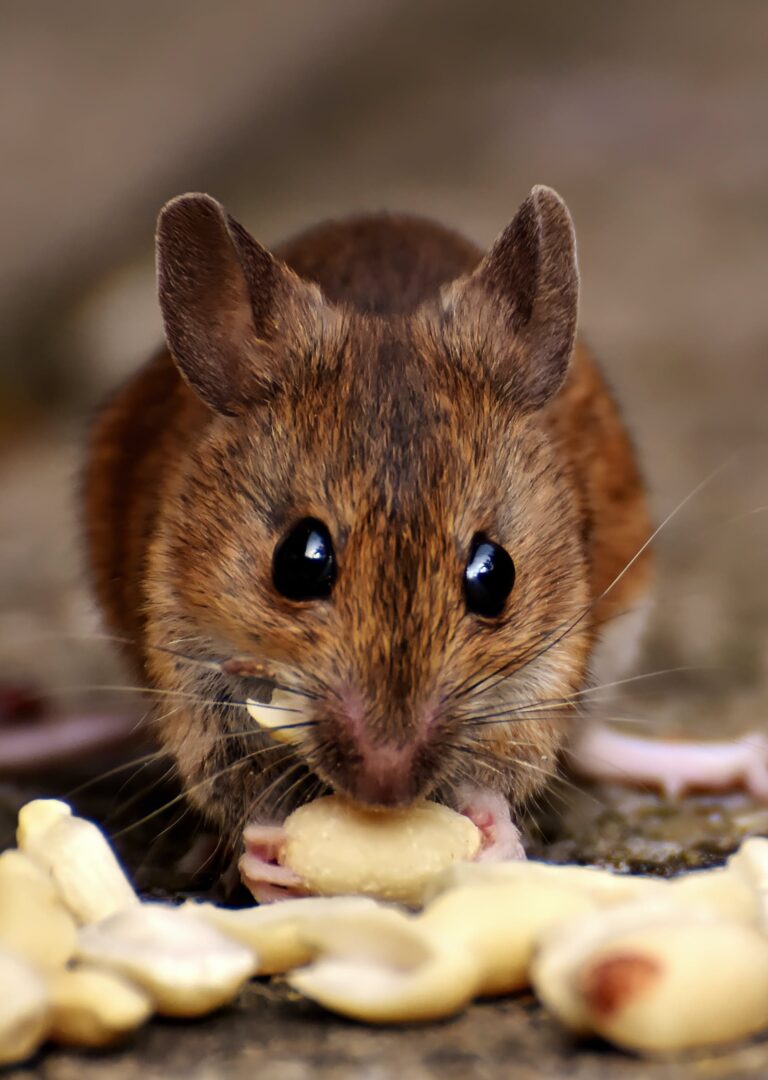
Innovative solutions now mix the old-school techniques with new-age thinking. For example, consider a slick polymer paint that leaves walls too slippery for mouse-claws to grasp—rendering their vertical escapades more like a frustrating game of snakes and ladders without the ladders. It’s simple yet brilliant; a classic case of outsmarting rather than outmuscling our pint-sized opponents.
We also see a movement towards integrated pest management, championing an analytical approach. Here, we assess points of entry, track rodent patterns, and focus on sealing gaps or applying deterrents at critical junctures. Imagine entering a fortress equipped with smooth, climb-resistant surfaces, or a barrier tape that sends electric messages dissuading any climbers. These are the modern defenses in our anti-rodent arsenal.
From gluing ‘mouse-pads’ that zap their climbing intentions to installing ultrasonic emitters that disrupt their wall-scaling concentration, the pest control industry is buzzing with creativity. And we’re not just concocting anti-mouse concoctions in our labs; we’re also watching and learning from real-life ninja rodent escapades to innovate, adapt, and apply.
Every leap forward in this game of cat-and-mouse (or human-and-mouse, as it were) reflects our profound understanding of these critters’ capabilities. As homeowners armed with the right pest control techniques, we can confidently reclaim our vertical spaces, one anti-climbing paint coat at a time.
Myths vs. Facts: Debunking Mouse Climbing Tales
Think mice can’t scale walls? Think again! These tiny creatures are more acrobatic than they get credit for. In Can Mice Climb Walls? Unveiling Rodent Abilities, we’re tackling the tall tales and setting the record straight once and for all. Say goodbye to misconceptions and hello to the surprising truths about our furry intruders.
Now, let’s dive into some reality. Contrary to popular belief, mice possess a remarkable knack for vertical ventures. They make use of their sharp claws and flexible bodies to grip even the slightest crevices and ascend surfaces that seem impossibly smooth to us. Have you ever noticed unexplained nibble marks or droppings in your elevated cupboards? That’s likely the handiwork—or should we say ‘paw-work’—of a mouse with mountaineering ambitions!
Consider the widespread myth that mice need a running head-start to climb. Not so! These whiskered wall-climbers don’t need momentum like a little kid trying to scamper up the playground slide. Instead, they rely on their innate ability to balance and maneuver their lightweight bodies, much like a skilled climber gauging their next move on a challenging rock face. In fact, they can even maneuver across ceilings and upside-down surfaces with the ease of a circus performer—truly astonishing!
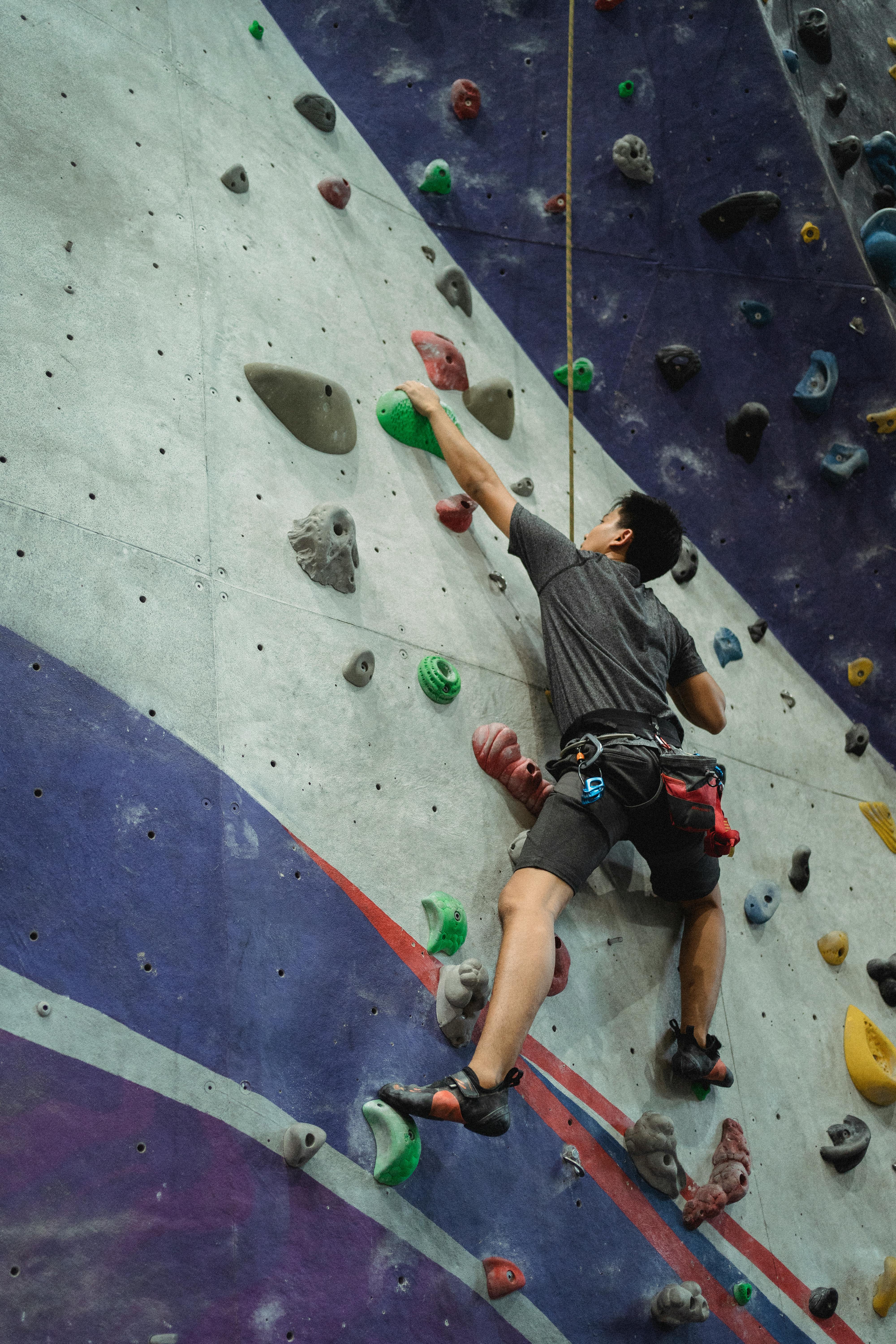
But what’s the real kicker? Mice don’t do it just for fun; these vertical feats are all about survival. Whether they’re hunting for food, escaping predators, or seeking a cozy nook for their nest, mice view your home as their very own jungle gym designed with their needs in mind.
In conclusion, it’s time we give these pint-sized athletes the credit they deserve when it comes to their climbing prowess. Just like us, mice are equipped with a range of abilities that aid them in navigating their environment—walls included. So, the next time you think you’re safe from mice because they couldn’t possibly get up there—think again. They might just surprise you with their gravity-defying stunts.
Frequently Asked Questions
Are your walls truly safe from the astonishing acrobatic abilities of mice? It’s a question that pesters many homeowners and renters alike. Let’s scurry into the frequently asked questions that reveal just how adept these tiny critters are at scaling the vertical planes of our homes.
Can Mice Really Climb Walls?
Imagine the scene: You’re sitting comfortably on your sofa, and out of the corner of your eye, you spy a tiny figure executing an Olympic-worthy climb up the side of your wall. Yes, it’s true. Mice have the ability to climb walls, particularly those with textured surfaces which give their tiny claws something to grip onto. Smooth, vertical walls might pose more of a challenge, but these rodents often turn to pipes, wiring, and other aids to hoist themselves upward.
What Kind of Walls Are More Susceptible to Mouse Scaling?
Not all walls are equal in the eyes (or paws) of a mouse. Bricks, with their coarse texture, seem like ladders made for their nimble feet. Drywall or plaster walls might seem less vulnerable, but don’t underestimate the ingenuity of these furry climbers. With the aid of a protruding nail or the edge of a baseboard, they can make their ascent.
Are There Any Real-Life Instances of Mice Climbing Walls?
Astonishingly, urban legends aren’t always just tales. There are numerous reports from baffled homeowners who have witnessed mice pulling off stunts worthy of a caped crusader. It’s not just homes; office buildings and urban structures aren’t impervious to these tiny daredevils either. Below is a video capturing one such gravity-defying act.
How Does Knowing About Mice Climbing Walls Help in Pest Control?
Understanding your opponent is half the battle won. By acknowledging the wall-climbing prowess of mice, pest control becomes a more strategic game. Seal those cracks and gaps, and consider the vertical routes that might lead these uninvited guests into your pantry. Knowledge is power, and in this case, it’s the power to keep your snacks safe!


